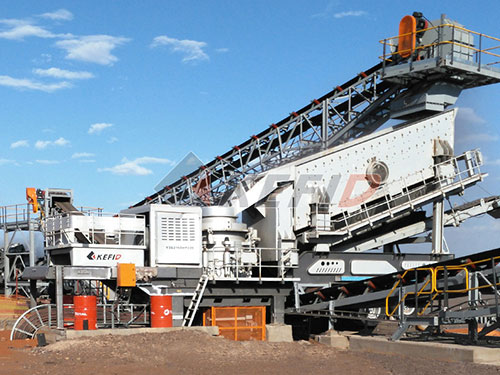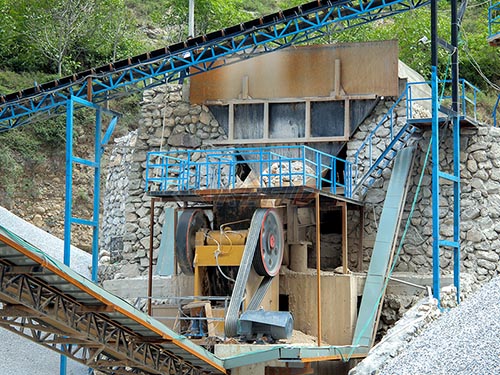Beyond the Noise: Unpacking the Powerhouse Potential of the Inertia 4048 Mongoose Crusher
In the demanding world of aggregate processing and recycling, efficiency isn’t just desirable; it’s paramount. Operations hinge on maximizing throughput, minimizing downtime, controlling costs, and delivering consistent product specifications – all under often challenging site conditions and tight deadlines. For contractors seeking a robust solution that excels in high-volume primary crushing applications while offering remarkable portability, the Inertia Machine 4048 Mongoose Crusher emerges as a compelling contender worthy of serious consideration.
This isn’t merely another impact crusher; it represents a carefully engineered philosophy focused on inertia – harnessing mass and momentum to deliver crushing force efficiently – packaged within a remarkably mobile frame designed for rapid setup and relocation.
Engineering Philosophy: Mass Matters
The core principle underpinning the Inertia Mongoose series is elegantly simple yet profoundly effective: leverage significant mass combined with optimized rotor design to generate immense kinetic energy for efficient size reduction of hard rock or recycled materials like concrete and asphalt.

1. The Heart: Massive Rotor Assembly: At its core lies an exceptionally heavy-duty rotor assembly constructed from solid steel castings or premium alloy steel plates. This isn’t just weight for weight’s sake; this mass translates directly into kinetic energy as it spins at high speeds (typically adjustable via variable frequency drive). When feed material enters the crushing chamber, it encounters hammers/blow bars mounted securely onto this spinning mass.
2. Kinetic Energy Transfer: Upon impact between the blow bar/hammer tip and incoming feed material (rock or concrete), this stored kinetic energy is transferred explosively to the material particle. This sudden energy transfer causes fractures along natural cleavage planes within rock or shatters brittle materials like concrete effectively.
3. Optimized Chamber Design: The crushing chamber geometry complements this principle by ensuring efficient trajectory control post-impact between blow bars/hammers and stationary aprons/curtains lining the chamber walls leading towards discharge openings below where sizing occurs primarily through attrition forces generated during collisions themselves rather than relying solely upon compression forces typical elsewhere such as jaw crushers which require greater power input per ton processed comparatively speaking given their operating principles differ fundamentally from those employed here instead focusing purely upon impact mechanisms alone thus achieving higher reduction ratios potentially faster rates overall depending upon specific application parameters involved including feed size distribution hardness levels desired product gradation targets etcetera…

The Mongoose Advantage: Features Decoded
Beyond its foundational engineering philosophy lies several key features that distinguish

Leave a Reply